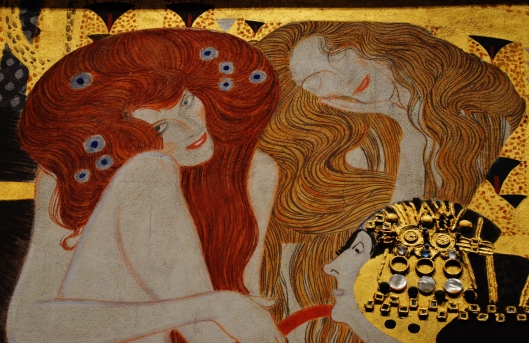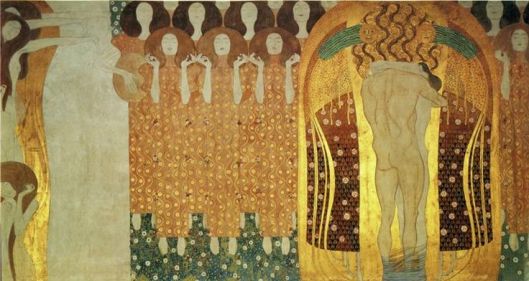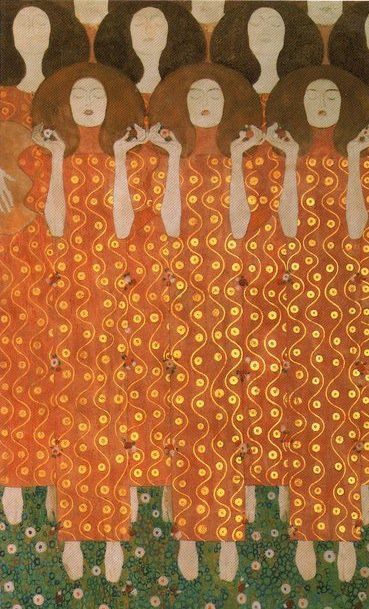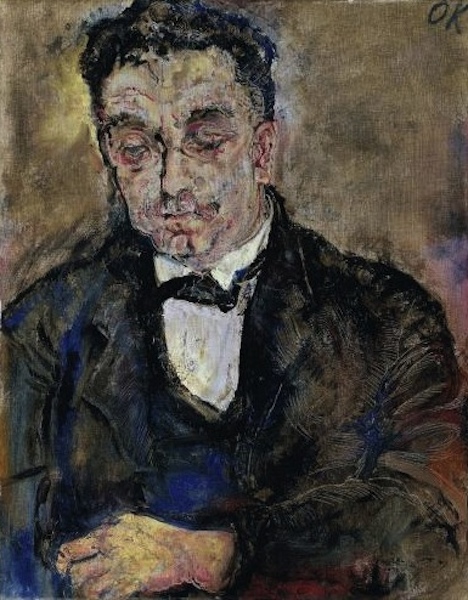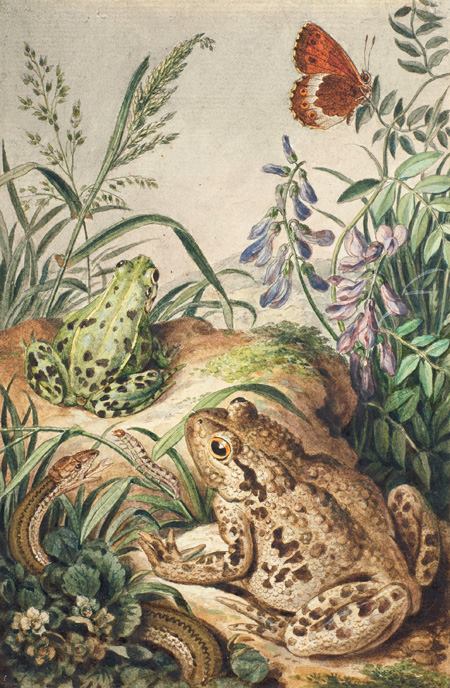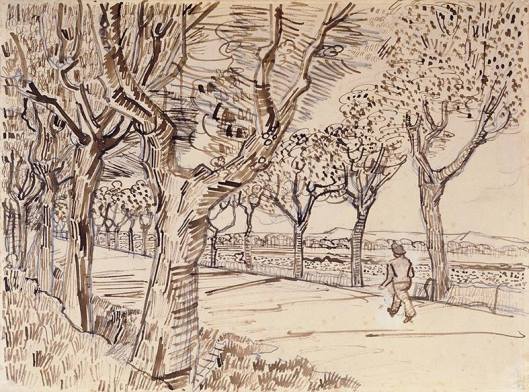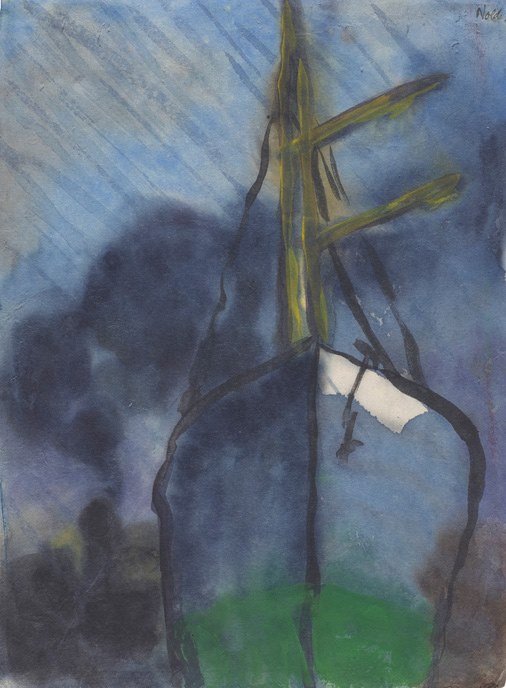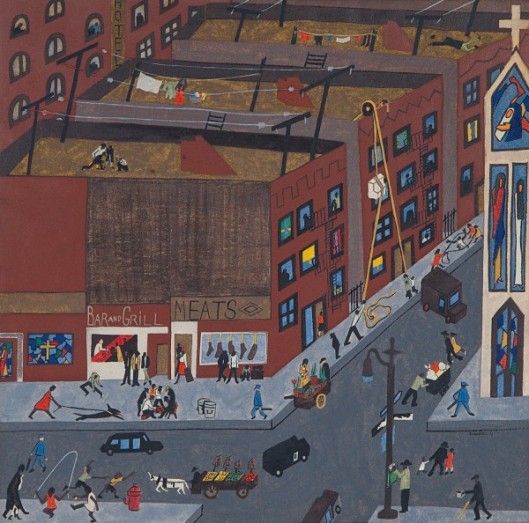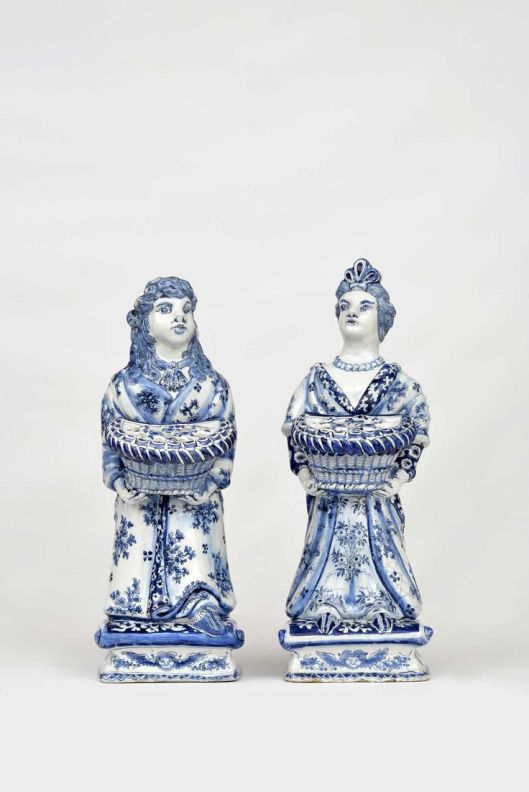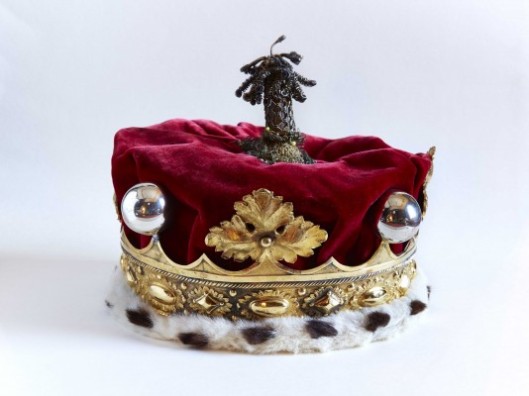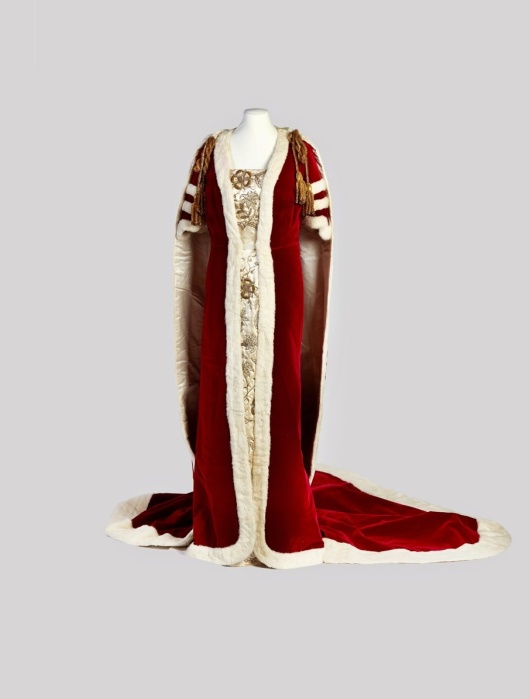Étiquettes
1897-1898, Au restaurant du jardin, Autoportrait au haut de forme, Bosquet de bouleaux au crépuscule, Broche, Bruno Grimschitz, c. 1890, c. 1893, c. 1898, c. 1900-1905, c. 1902, c.1915, Carl Moll, Chasse fantastique, Femme à la cheminée, Feu follet, Francesca da Rimini et Paolo, Franz von Stuck, Frise Beethoven, Gustav Klimt, Herbert Boeckl, Jeune Homme debout, Josef Engelhart, Josef Hoffmann, Koloman Moser, L'Heldenplatz avec des lilas, Le trésorier, modèle n° G 1035, modèle n° G368, Oskar Kokoschka, Pinacothèque de Paris, Portrait de jeune fille de face
Au Temps de Klimt : La Sécession à Vienne : Affiche © Belvédère, Vienne © Conception graphique: Serge Perraudin – Grapholon.com
PARIS – La Pinacothèque de Paris, en partenariat avec Arthemisia Group et 24 ORE Cultura – Gruppo 24 ORE, souhaite revenir sur un aspect essentiel de l’Art nouveau qui s’est développé à Vienne au début du XXème siècle sous le nom de Sécession. Le rôle de Gustav Klimt dans l’éclosion de ce mouvement est majeur. Le talent et le brio de cet artiste, de ses débuts précoces à ses excés décoratifs où les dorures et l’expressionnisme naissant dominent, sont le socle d’une période nouvelle qui s’est épanouie à Vienne au tournant du siècle. Ce mouvement artistique est en effet à l’origine de la naissance, quelques années plus tard, de l’un des courants majeurs de l’art moderne, l’expressionnisme, qui a fait l’objet d’une exposition au musée en 2011.
Josef Engelhart, Au restaurant du jardin, c. 1893, Huile sur bois, 28 x 26 cm. © Belvédère, Vienne
L’exposition Au Temps de Klimt, la Sécession à Vienne raconte en détail ce développement de l’art viennois de la fin du XIXème siècle, début de la Sécession viennoise, jusqu’aux premières années de l’expressionnisme.
Ernst Klimt, Francesca da Rimini et Paolo, c. 1890, Huile sur toile, 125 x 95 cm. © Belvédère, Vienne
Le coeur de l’exposition s’appuie sur une sélection des travaux majeurs de Gustav Klimt, de ses premières années d’études jusqu’aux grandes oeuvres de son âge d’or comme Judith I (1901) ou la Frise Beethoven, oeuvre monumentale reconstituée à l’échelle et présentée pour la première fois en France.
Gustav Klimt, Judith, 1901, Huile sur toile, 84 x 42 cm. © Belvédère, Vienne
Gustav Klimt, Reconstitution de la Frise Beethoven, 1985, Technique mixte sur plâtre sur chaume, 216 x 3438 cm. © Belvédère, Vienne
Gustav Klimt, Reconstitution de la Frise Beethoven (détails), 1985, Technique mixte sur plâtre sur chaume, 216 x 3438 cm. Photos A.R.T.
Gustav Klimt, Reconstitution de la Frise Beethoven, 1985, Technique mixte sur plâtre sur chaume, 216 x 3438 cm. © Belvédère, Vienne
Gustav Klimt, Reconstitution de la Frise Beethoven (détails), 1985, Technique mixte sur plâtre sur chaume, 216 x 3438 cm. Photos A.R.T.
Gustav Klimt, Reconstitution de la Frise Beethoven, 1985, Technique mixte sur plâtre sur chaume, 216 x 3438 cm. © Belvédère, Vienne
Gustav Klimt, Reconstitution de la Frise Beethoven (détails), 1985, Technique mixte sur plâtre sur chaume, 216 x 3438 cm. Photos A.R.T.
Gustav Klimt, Reconstitution de la Frise Beethoven, 1985, Technique mixte sur plâtre sur chaume, 216 x 3438 cm. © Belvédère, Vienne

Gustav Klimt, Reconstitution de la Frise Beethoven (détails), 1985, Technique mixte sur plâtre sur chaume, 216 x 3438 cm. Photos A.R.T.
Gustav Klimt, Reconstitution de la Frise Beethoven, 1985, Technique mixte sur plâtre sur chaume, 216 x 3438 cm. © Belvédère, Vienne
Gustav Klimt, Reconstitution de la Frise Beethoven (détail), 1985, Technique mixte sur plâtre sur chaume, 216 x 3438 cm.
Gustav Klimt, Reconstitution de la Frise Beethoven (détails), 1985, Technique mixte sur plâtre sur chaume, 216 x 3438 cm. Photos A.R.T.
Un ensemble de documents rares ayant trait à la vie de l’artiste, à sa famille et à ses frères Ernst et Georg, artistes comme lui, avec lesquels Gustav a souvent collaboré, accompagne le visiteur tout au long de l’exposition.
Ernst Klimt, Bébé sur un sofa, 1885, Huile sur toile, Collection privée. Photo A.R.T.
Une attention toute particulière est par ailleurs portée aux premières années de la Sécession et à l’influence exercée sur la formation de l’artiste par les grands intellectuels viennois comme Carl Schuch, Tina Blau, Théodor Hörmann, Josef Engelhart, Max Kurzweil, qui, tout comme lui, ont séjourné à Paris à cette époque. Les personnalités artistiques ayant influencé son art sont évoquées grâce à un choix de peintures provenant du Belvédère, présentées à côté d’oeuvres racontant l’histoire des mécènes du mouvement. L’exposition présente ainsi d’importants chefs-d’oeuvre de la Sécession et de l’avant-garde autrichienne, tels les premières oeuvres d’Egon Schiele et d’Oskar Kokoschka.
Koloman Moser, Forêt de pins en hiver, c. 1907, Huile sur toile, 55,5 x 45,5 cm. © Belvedere, Vienne.
Carl Moll, L’Heldenplatz avec des lilas, c. 1900-1905, Huile sur toile, 60x60cm © Belvedere, Vienne.

Carl Moll, Bosquet de bouleaux au crépuscule, c. 1902, Huile sur toile, 80 x 80 cm. © Belvedere, Vienne.
Gustav Klimt, Femme à la cheminée, 1897-1898, Huile sur toile, 41 x 66 cm. © Belvedere, Vienne.
Gustav Klimt, Portrait de jeune fille de face, c. 1898, Huile sur carton, 38 x 34 cm. Prêt permanent d’une collection privée © Belvedere, Vienne.
Gustav Klimt, Feu follet, 1903, Huile sur toile, 52 x 60 cm, Collection privée européenne, Londres. © Alfred Weidinger
Une dernière section de l’exposition est consacrée aux arts viennois, aux anciens et raffinés métiers de l’artisanat d’art, qui ont donné naissance à des pièces de mobilier et des bijoux précieux, à de splendides céramiques, mais aussi à de complexes reconstructions d’oeuvres et de riches documents historiques, témoignages de la genèse et de l’évolution de grands artistes et d’architectes de cette époque tels Adolf Loos, Josef Hoffmann et à l’Atelier viennois.
Josef Hoffmann (conception), 3 broches © Galerie bei der Albertina – Zetter, Vienne
Josef Hoffmann (conception), Broche, modèle n° G 1035, 1909, Argent, or, malachite, lapis-lazuli, opale, corail et améthyste, 5,1 x 5,5 cm, Collection privée. © Galerie bei der Albertina Zetter, Vienne
Josepf Hoffmann (conception), Broche, modèle n° G368, 1905. Argent, corail, lapis-lazuli, malachite et pierre de lune, 4,6 x 4,6 cm © Galerie bei der Albertina – Zetter, Vienne
L’exposition présente plus de 180 oeuvres issues des collections du musée du Belvédère de Vienne ainsi que de collections privées. Le commissariat de l’exposition est assuré par Alfred Weidinger, conservateur au musée du Belvédère de Vienne.
Du 12 Février au 21 Juin 2015
Josef Engelhart, Autoportrait au haut de forme, 1892, Huile sur bois © Belvedere, Vienne.
Franz von Stuck, Chasse fantastique, c. 1890, Huile sur toile. Collection Galerie Katharina Büttiker, Art Nouveau – Art Deco, Zurich.
Gustav Klimt, Portrait féminin, c. 1804, Huile sur toile, Belvédère, Vienne (Prêt permanent d’une collection privée). © Belvedere, Vienne.
Gustav Klimt, Portrait féminin, c. 1804, Huile sur toile, Belvédère, Vienne (Prêt permanent d’une collection privée). Photo A.R.T.
Gustav Klimt, Etude de tête féminine sur fond rouge, 1897-1898, Huile sur toile, Klimt Fondation, Vienne. Photo A.R.T.
Herbert Boeckl, Bruno Grimschitz, 1915, Huile sur toile © Belvedere, Vienne.
Herbert Boeckl, Bruno Grimschitz, 1915, Huile sur toile, Détail. Photo A.R.T.
Koloman Moser, Jeune Homme debout, c. 1915, Huile sur toile © Belvedere, Vienne.
Oskar Kokoschka, Le trésorier, 1910, Huile sur toile © Belvedere, Vienne.

















